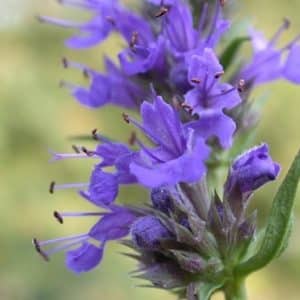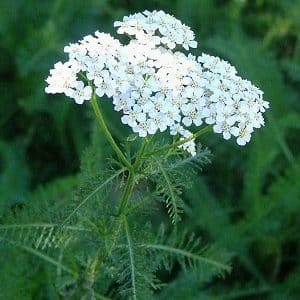Watercress enjoys a long and storied history, with ancient origins, a variety of uses, and evidence of its use dating back three millennia to the Persians, Greeks, and Romans. It also makes an appearance in iconic historical events, such as the very first Thanksgiving, where it was recorded as a menu item.
Up until the renaissance, this spunky salad green was used as a breath freshener and palate cleanser, as well as for medicinal purposes. Though our ancient friends knew nothing about mineral content and vitamins, the Persians did observe that soldiers were healthier when watercress was part of their daily diet.
The Greeks were no strangers to the health benefits of watercress, either. When Hippocrates founded the first hospital on the Island of Kos around 400 BC, he grew wild watercress in the natural springs and used it to treat blood disorders.
It is reported that Nicholas Messier first grew watercress in Erfurt, Germany, in the middle of the 16th century. English cultivation started in early 1800, when a farmer near London began to popularize watercress as a salad ingredient. It was not long before it became increasingly difficult to meet the rather sudden increase in demand for watercress.
The herbalist John Gerard celebrated watercress as a remedy for scurvy as early as 1636. And, according to the book James Cook and the Conquest of Scurvy 1, Captain James Cook was able to circumnavigate the globe three times, due in part to his use of watercress in the diet of his sailors.
Watercress Facts




